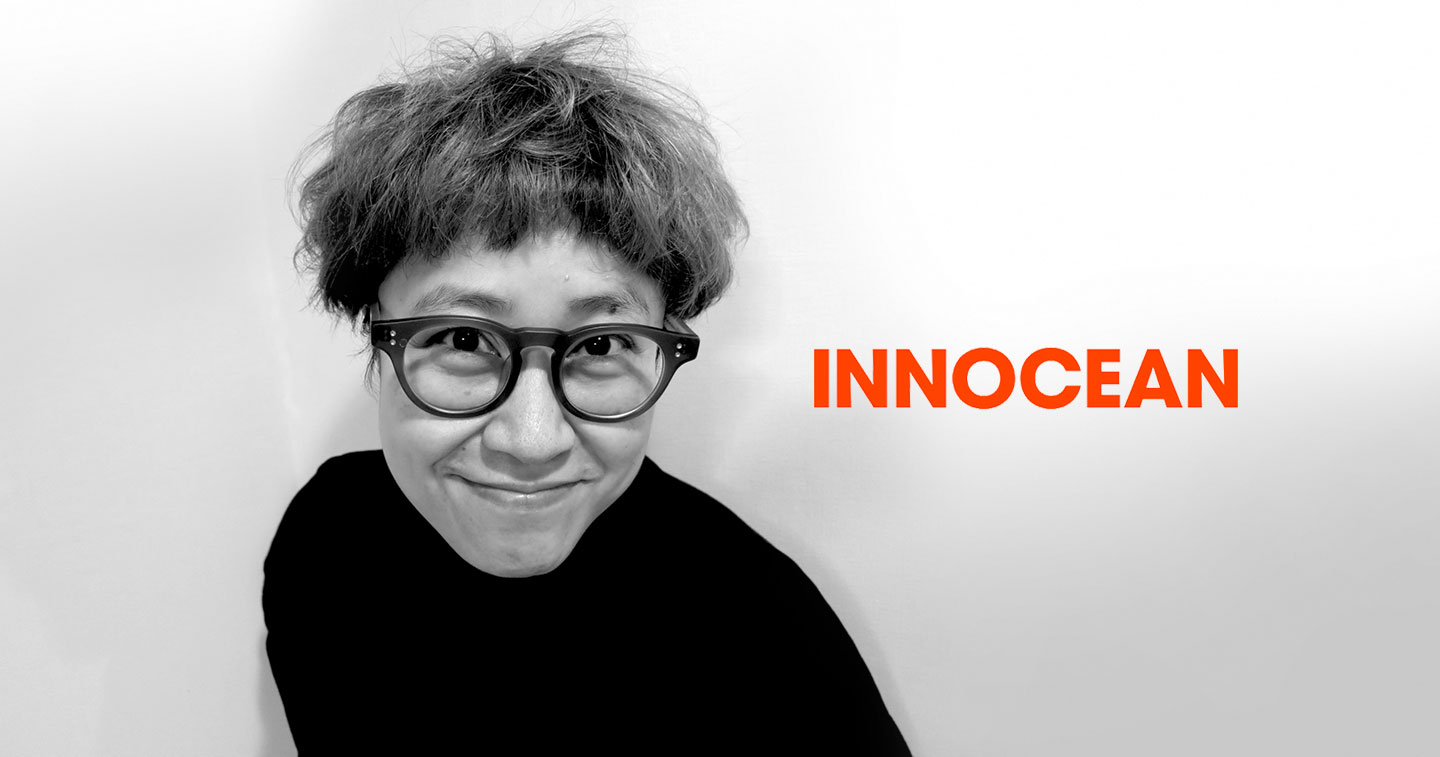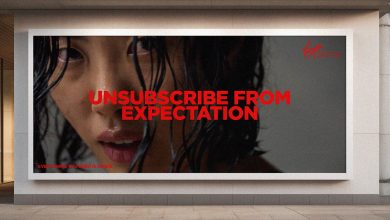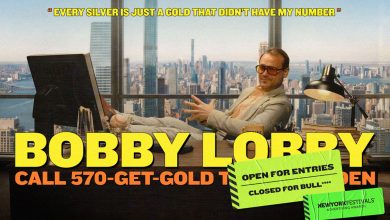SEOUL, SOUTH KOREA — Global marketing communications company INNOCEAN has promoted Chief Creative Officer Jung-A Kim to the role of Vice President.
Since entering the advertising industry in 1996, newly appointed Vice President Jung-A Kim has been producing, responsible for, and managing brand campaigns for leading Korean companies such as Hyundai Motor Group, Hanwha Group, SKT, Shinsegae, KT, CJ, and Kakao. Vice President Kim, who joined INNOCEAN in 2006, started as a creative director, produced and supervised a number of campaigns, and rising to the position of Vice President, contributed to raising INNOCEAN’s creative capabilities to the highest level.
Externally, Vice President Kim has served as a judge at the world’s largest advertising festivals, such as the Cannes International Advertising Festival, the New York Festival, One Show, and the Clio Awards, contributing greatly to raising the status of Korean advertising industry. Moreover, in 2020 and 2021, Kim, Jung-A was selected as Korea’s NO.1 creative director by the global advertising magazine Campaign Brief Asia for two years in a row and contributed to INNOCEAN’s selection as Korea’s top advertising agency in Asia in the same year.
Major awards include Grand Prix of the Year at MAD STARS (the Busan International Advertising Festival) in 2022 for Hyundai Motor Group’s public service campaign “Dear My Hero,” Silver at Spikes Asia, and Bronze at Clio Award in 2022 for Mask ID in connection with the INNOCEAN social contribution program S.O.S, Gold and Digital Advertising Company of the Year at ADFEST 2021 for “Cheering Band-aid,” a campaign to support medical staff during the Covid-19 pandemic.
In particular, Vice President Kim was recognized for these contributions and was recently awarded the Industrial Service Medal at the Meritorious Advertising Government Award Ceremony 2022 hosted by the Ministry of Culture, Sports, and Tourism.
INNOCEAN emphasized, “We will continue to select talented people to actively respond to changes in the uncertain business environment and accelerate future business.”








